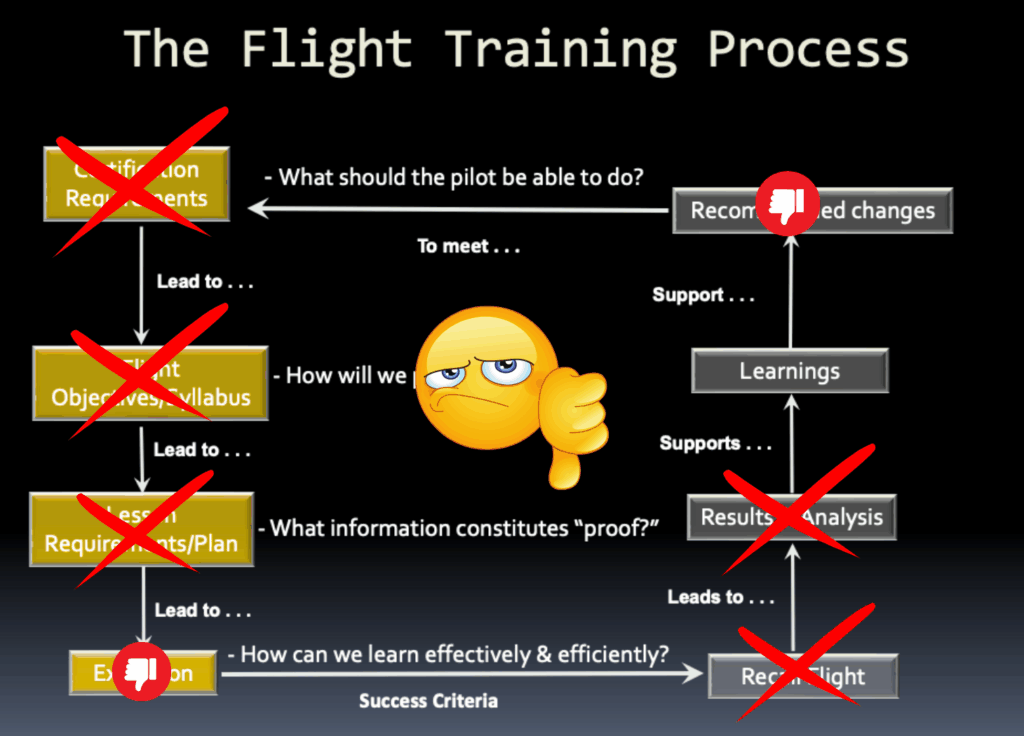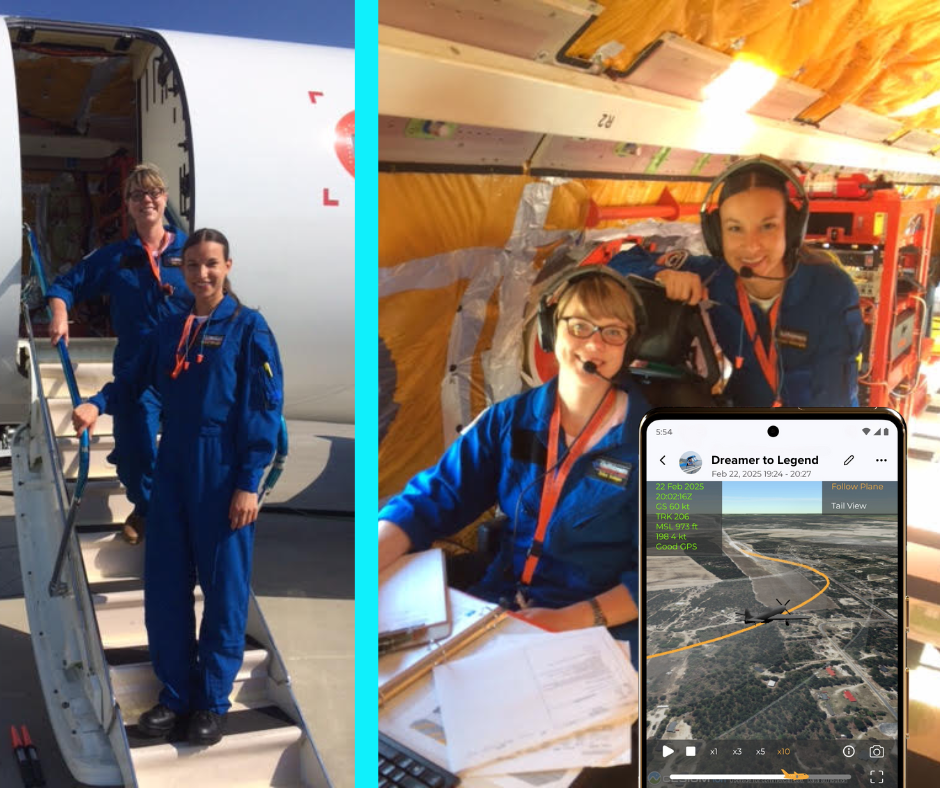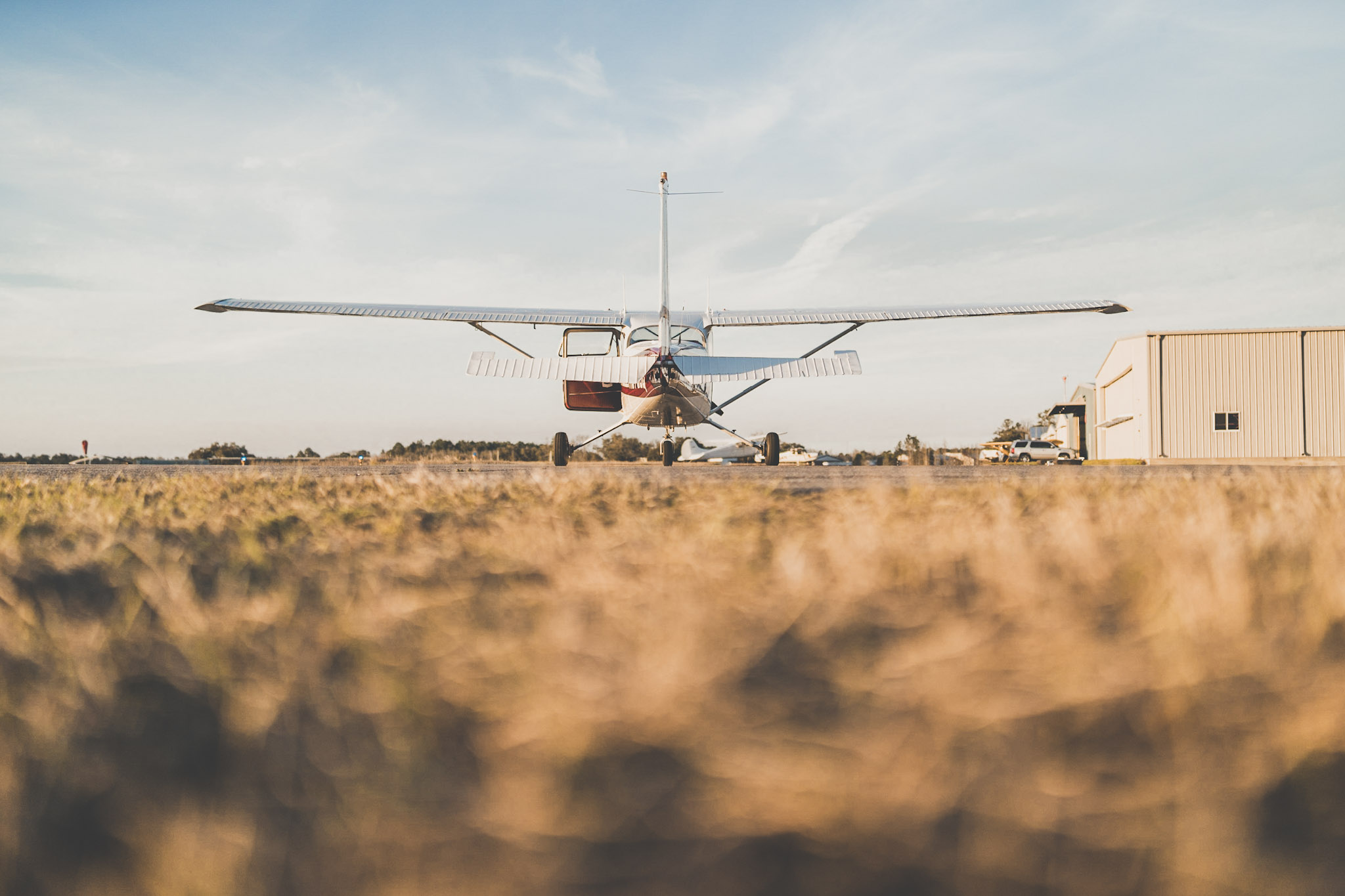Before a new aircraft or pilot can carry passengers, they must meet many requirements. Airplanes go through the flight test process and pilots go through the flight training process.
Today, students are getting cheated because:
Students don’t know what they should be able to do.
Few instructors take ownership of planning and setting flight objectives so students can learn effectively and efficiently.
Flight execution is often planned on the go or fails to follow a productive tempo.
Memory is limited; much learning is forgotten as it fades.
Few students ask questions, and few instructors help students understand their flights.
Even fewer enter notes or recommend actionable changes that could improve outcomes.

No wonder student pilots waste so much money! Flight training today is unaffordable not because of flight-hour costs, but because of inefficiency and a broken process.
Just as pilots in training have a budget to earn their certificates, new airplanes have a budget to earn their type certificates. Considering the number of requirements that must be met before an aircraft can enter service, I learned to plan and direct flights with great intention as a flight test engineer. Planning defined a list of objectives for each flight, and when we flew, we worked to maintain momentum—to complete those objectives as safely, effectively, and efficiently as possible. Without intentional flying and efficiency, companies would go broke before getting their aircraft certified—or, if they were lucky enough to get additional funding, the process would become unaffordable.

Let’s go back to the flight test analogy. It would be pointless to test-fly an airplane without documenting its issues and recommending fixes. Likewise, it’s pointless to train without remembering what you did and noting how to improve. If we failed to keep flight records and follow up on recommendations in flight test, new aircraft would slip into service with flaws, endangering lives and property.
Whether you want to get an aircraft type certificate or a pilot certificate, breaking the process weakens the product: the ability of the aircraft or the pilot to fly safely.
I’ve made this process accessible to strengthen new pilots in training through the Fly ORKA app—but with a twist. Outside of flight test, I discovered a system to learn fast and accelerate progress while learning to soar. The Fly ORKA app blends the best of both worlds. The disciplined approach to flight test will be providing you the structure, while the sport culture of soaring will build your momentum.
I believe flight training doesn’t need pressure, it needs direction and momentum. Join us as we build features you will love to maintain continuity through the training process no matter in what situation you’re in—and, most importantly, accelerate your progress while having fun!




